The History and Creative Uses of Stake Flags: A Colorful Journey of Practicality and Innovation
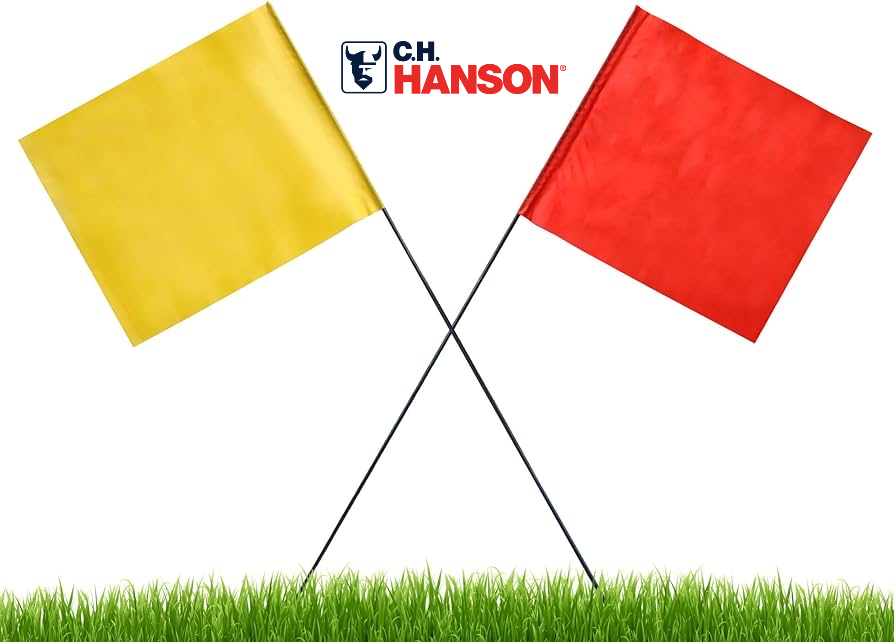
Stake flags, also known as survey flags, marking flags, or construction flags, are simple yet incredibly versatile tools that have a fascinating history and a wide range of creative uses. Whether you’ve seen them fluttering at a construction site, marking out property lines, or being used in the agricultural industry, stake flags play a significant role in various sectors. In this blog, we’ll explore the history of stake flags, their evolution, some of their most creative applications, and dive into the quality offerings from CH Hanson that elevate your projects to the next level.
The Birth of Stake Flags: A Historical Overview
Stake flags can trace their origins back to early surveying and construction practices. As far back as the 18th century, land surveying required tools that could mark specific locations and boundaries. These early surveys were crucial for both urban planning and agricultural development. Surveyors needed a way to mark points of interest, such as property lines, or even topographical features like hills and valleys.
The traditional use of stakes, often wooden posts or similar markers, would sometimes be paired with colored fabric or ribbons to ensure that markers were visible over long distances or difficult terrain. The first "stake flags" as we know them today were likely the result of this necessity: a lightweight, visible, and durable flag that could be tied to the top of a stake for easy identification.
Over the years, the materials evolved, with the invention of plastics and more weather-resistant fabrics leading to the creation of modern, brightly-colored stake flags. These innovations were particularly significant in industries such as construction, landscaping, and civil engineering, where visibility and durability are paramount.
The Anatomy of a Stake Flag
A typical stake flag consists of a few key components:
- Flagging Material: The flag itself is typically made from bright, synthetic materials like plastic or vinyl. These materials are chosen for their weather resistance and ability to hold color, even in harsh environments.
- Wire or Wooden Stake: While the flag can be a simple piece of fabric, it's most commonly attached to a thin metal or wooden rod to help it stand upright. The wire or stake helps anchor the flag into the ground, ensuring that it stays visible even in high winds or adverse conditions.
- Color Coding: Stake flags come in a variety of colors, with each color serving a different purpose. For example, in construction, red flags may indicate hazardous areas, while green flags might be used for areas where excavation or digging is planned.
Creative Uses for Stake Flags
While stake flags have a practical purpose in many industries, their creative uses extend beyond the typical surveyor’s toolkit. Let’s take a closer look at how these simple tools have found their way into more artistic and unexpected arenas.
- Event Planning and Decorations
In event planning, particularly for large outdoor gatherings like festivals or weddings, stake flags can be used to mark paths, create boundaries, or even guide guests through various parts of a venue. The bright, colorful flags can add an element of fun and whimsy to an event, making it not only functional but also visually appealing.
- Path Marking: Flags are often used to line walkways or highlight key areas such as food stands or stages at festivals and fairs.
- Thematic Decor: Stake flags in vibrant colors and patterns can also be used to decorate outdoor party spaces, adding energy and liveliness to the environment.
- Gardening and Landscaping
Stake flags have proven to be an indispensable tool in the gardening world. Whether marking planting areas or identifying specific plants, gardeners use stake flags to ensure that everything is planted in the correct spot and that no plants are accidentally uprooted or misplaced.
- Plant Markers: One of the most common uses for stake flags in gardens is as plant markers. By attaching a small label to the flag, gardeners can keep track of different plant species or varieties.
- Boundary Indicators: Landscaping projects often involve marking off areas where digging, planting, or other activities will take place. Stake flags are often used to indicate these boundaries, ensuring workers stay within designated areas.
- Sports and Recreational Activities
In the world of sports, especially in events like obstacle courses or outdoor races, stake flags play an essential role in course design and navigation. Stake flags can mark the boundaries of the race, provide direction for participants, or indicate obstacles.
- Course Marking: Whether it’s a 5k run or a cross-country obstacle course, stake flags are crucial in marking the course. Their bright colors and simple structure ensure participants don’t veer off track.
- Event Organization: Stake flags can also be used to demarcate starting lines, finish lines, or spectator areas in sporting events.
- Agriculture and Farming
In the agricultural sector, stake flags are commonly used to mark areas of interest such as test plots, soil samples, or irrigation lines. Farmers can use flags to easily locate particular parts of a field, which is especially helpful during planting or harvesting seasons.
- Field Plot Marking: When testing different seed varieties or agricultural techniques, stake flags are often placed at the corners of experimental plots to mark the boundary lines.
- Irrigation Systems: Farmers also use stake flags to indicate the location of underground irrigation pipes or valves, which is crucial for maintenance and repair.
- Construction and Surveying
Of course, one of the most widely recognized uses of stake flags is in construction and surveying. Whether it’s marking property boundaries, indicating where excavation will occur, or outlining the future perimeter of a building, stake flags are an essential tool for the construction industry.
- Site Layout: Before the foundation of a new building is even laid, surveyors and contractors use stake flags to map out the exact boundaries of the project. The flags provide a visual reference for the team, helping to avoid mistakes and ensuring accuracy.
- Safety Alerts: Brightly colored flags can also act as safety markers to alert workers to hazardous areas, utility lines, or areas with high traffic.
CH Hanson’s Stake Flags: High-Quality, Reliable, and Versatile
When it comes to stake flags, C.H. Hanson® stands out as a leader in providing high-quality, durable products that meet the needs of professionals and DIY enthusiasts alike. Our commitment to offering reliable tools for various industries is evident in our diverse selection of stake flags.
Here’s a closer look at some of the offerings from C.H. Hanson that cater to different sectors:
- Standard Survey Flags: C.H. Hanson offers standard survey flags that are made from durable, weather-resistant materials, ensuring they can withstand harsh outdoor conditions. These flags are perfect for marking boundaries, property lines, and excavation sites. They are available in a wide range of bright colors, making them highly visible and easy to spot from a distance.
- Tough, Flexible Wire Stakes: The wire stakes from C.H. Hanson are built to provide excellent stability and durability. The flexible wire allows for easy insertion into the ground while maintaining a firm grip, ensuring the flags stay in place even in windy conditions. These wire stakes are available in various lengths, making them versatile enough for different surveying and marking applications.
- Heavy Duty Flagging: For more demanding projects, C.H. Hanson offers heavy-duty stake flags with enhanced durability. These flags are designed to withstand the rigors of construction sites and rough outdoor environments, providing long-lasting service. The heavy-duty flagging material also ensures they stay visible, even in harsh weather.
- Flagging Tape: In addition to traditional stake flags, C.H. Hanson also offers flagging tape, a flexible and highly visible material that can be tied to stakes or used for a variety of other purposes. Flagging tape is perfect for marking areas quickly and efficiently, especially in large-scale surveying, forestry, or construction projects.
- Color-Coded Flags for Specific Applications: Recognizing that different industries require different types of marking systems, C.H. Hanson offers color-coded flags for specific uses. For example, red flags are used to indicate dangerous or hazardous areas, while green flags may signal areas for excavation or planting. This system helps ensure clear communication on job sites, enhancing safety and organization.
- Eco-Friendly Options: As sustainability becomes more important, C.H. Hanson has responded by offering environmentally friendly stake flags that are biodegradable. These products are designed to meet the needs of users who are conscious of their environmental footprint without compromising on performance.
- Customizable Flagging: C.H. Hanson also offers customizable flagging solutions for companies or individuals who need specific branding or marking designs. Whether you need logos, specific colors, or custom sizes, C.H. Hanson’s team can work with you to create the perfect solution.
With all these options, C.H. Hanson provides everything from basic surveying tools to advanced flagging solutions that meet the needs of both professional contractors and casual DIYers. Their commitment to quality, variety, and customer satisfaction makes them a go-to source for stake flags and layout tools.
Conclusion: A Flag with Endless Potential
Stake flags may seem like simple tools, but their uses are as varied as the colors they come in. From their historical role in land surveying to their modern-day applications in gardening, sports, and event planning, stake flags continue to prove their utility. Whether marking boundaries, guiding people, or adding a touch of color to an event, these small but mighty flags have come a long way and show no sign of fading away.
As industries evolve and new challenges arise, we can expect to see even more creative applications for stake flags, proving that sometimes the simplest tools are the most indispensable.
So, next time you spot a colorful flag fluttering in the breeze, take a moment to appreciate its rich history and the many ways it contributes to making our world more organized, vibrant, and fun. And if you’re looking for high-quality stake flags for your own projects, check out C.H. Hanson’s range of layout tools and stake flags here. Quality, durability, and versatility, all at your fingertips!



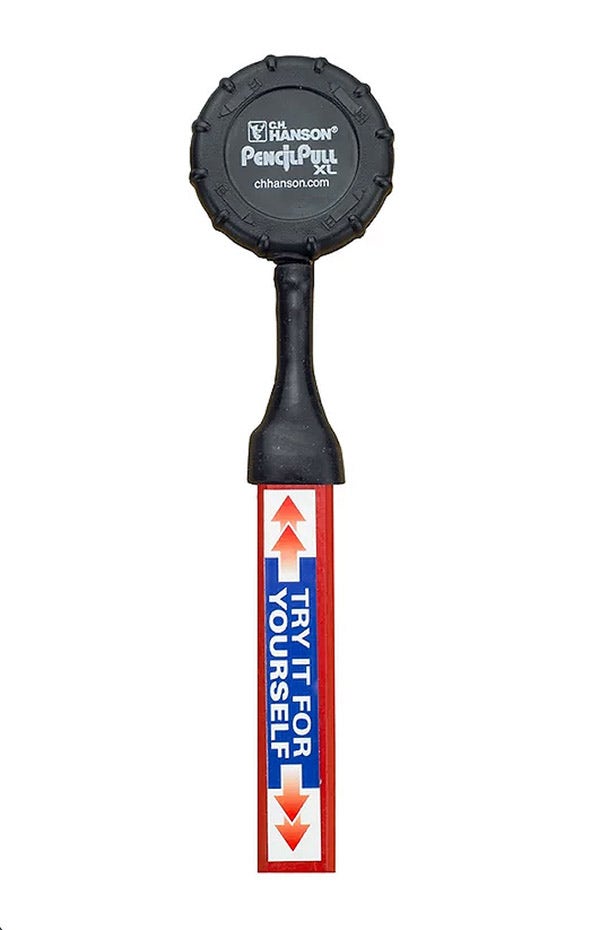
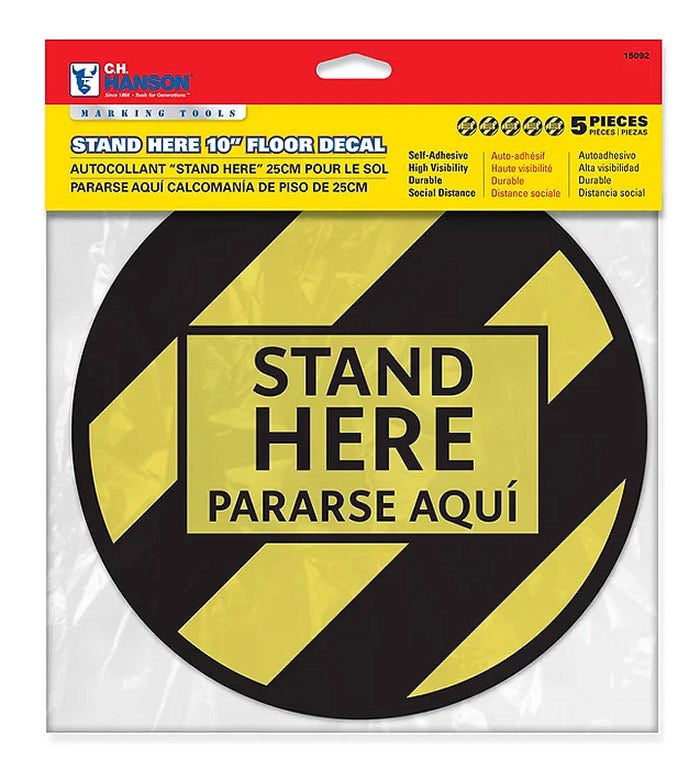
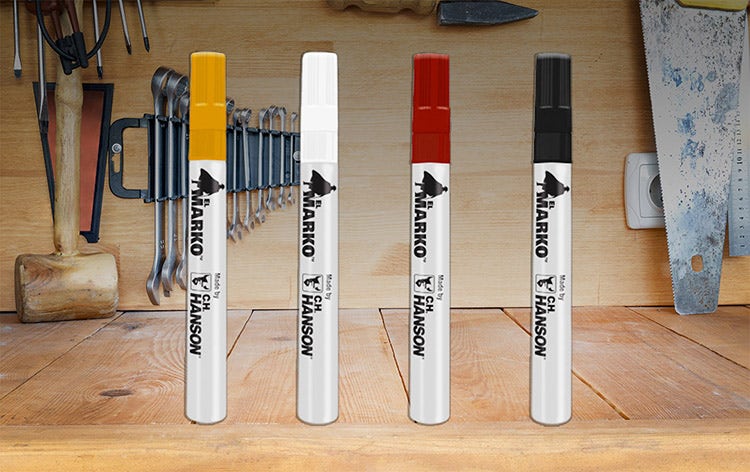
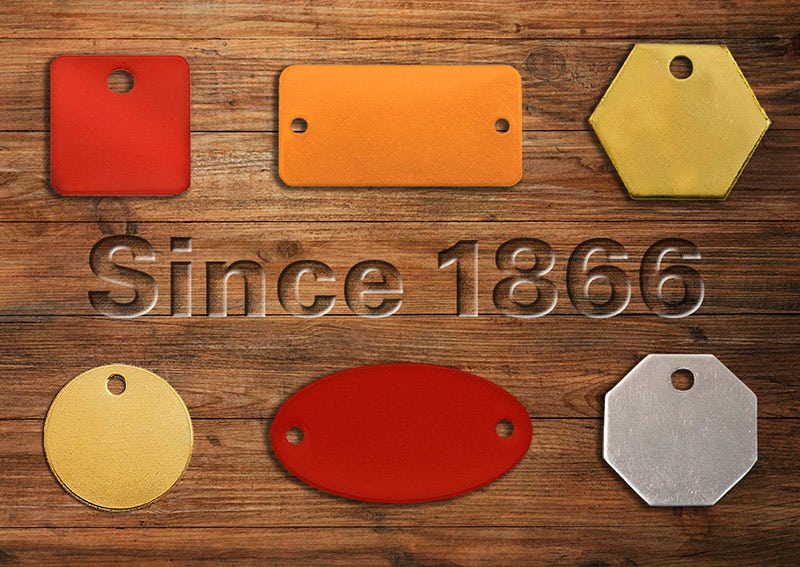









Comments